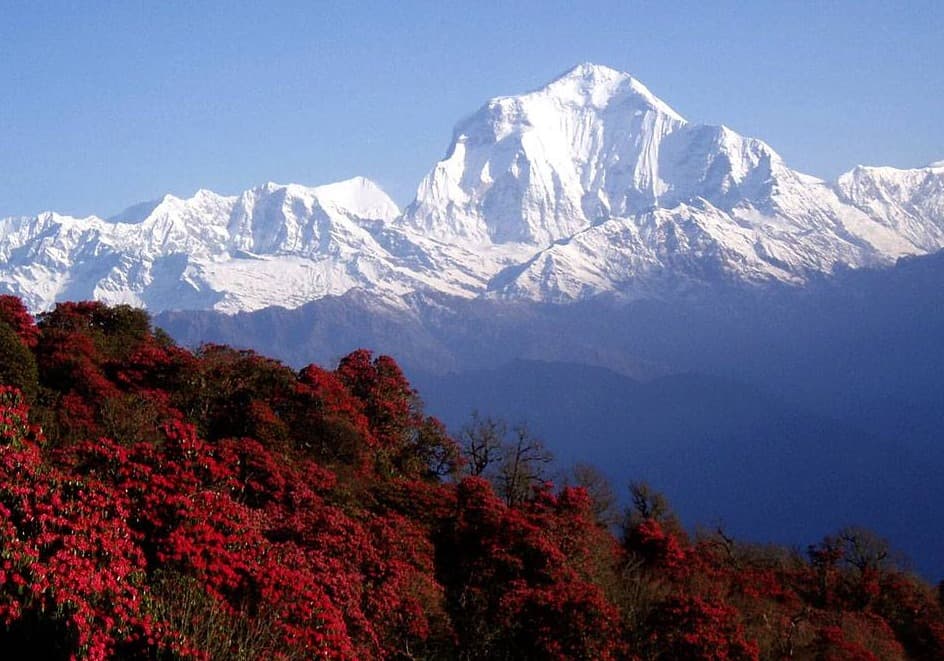Nepal is a dream destination for trekkers around the globe, offering some of the most spectacular and challenging treks available. With towering peaks and breathtaking landscapes, the country provides adventurers with numerous opportunities to explore vast and varied terrains. The five longest treks in Nepal are particularly renowned for their awe-inspiring beauty and the diverse experiences they offer. From crossing high mountain passes to navigating through lush forests and remote villages, these treks are perfect for those looking to experience adventure and challenge themselves physically and mentally. Whether you're a seasoned hiker or a casual trekker looking to push your limits, these treks promise unforgettable journeys through the heart of the Himalayas.
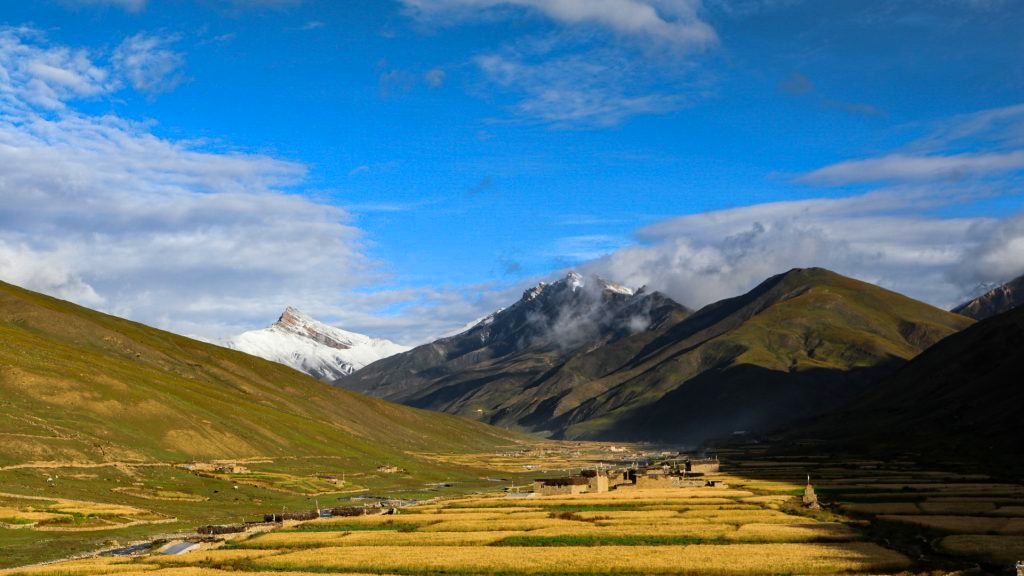
Luxury Holidays Nepal Pvt. Ltd. is your go-to partner for exploring the five longest treks in Nepal. Our team ensures you experience these majestic Himalayan adventures with top-notch service and expert guidance. Whether you are tackling the challenging Dhaulagiri Circuit or the iconic Annapurna Circuit, our tailored itineraries and supportive trekking arrangements make every journey memorable. With Luxury Holidays Nepal, you can look forward to a seamless and enriching trekking experience, supported by local experts who understand every nuance of these spectacular routes.
Dhaulagiri Circuit Trek
The Dhaulagiri Circuit Trek is one of the most challenging and spectacular adventures in Nepal. It offers trekkers the opportunity to explore Mount Dhaulagiri, the seventh-highest mountain in the world, standing at 8,167 meters (26,795 feet). This trek is renowned for its remote trails, dramatic high-altitude landscapes, and the raw beauty of nature untouched by modern development.
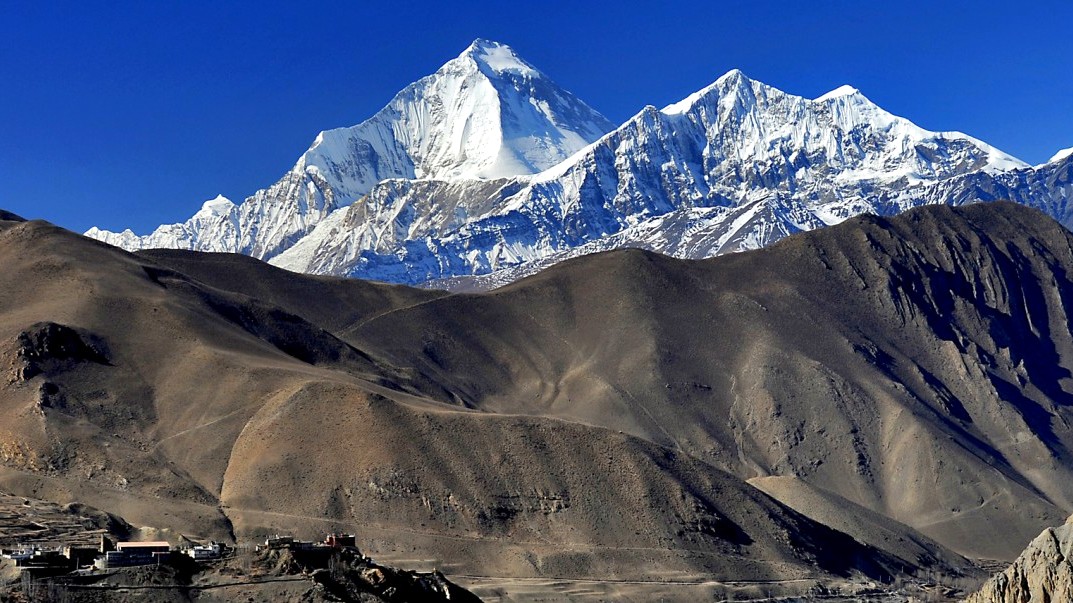
Highlights of the Dhaulagiri Circuit Trek:
- Remote and Rugged Terrain: The trek navigates through some of the most isolated areas of Nepal, offering pristine natural beauty and a sense of solitude that is hard to find in more trafficked routes.
- High Altitude Passes: Trekkers cross two major passes - the French Pass (5,360 meters) and the Dhampus Pass (5,182 meters), which provide stunning vistas of Dhaulagiri and other Himalayan giants.
- Glacial and Snowy Landscapes: The route involves trekking on the Dhaulagiri glacier, offering an exhilarating experience of high-altitude glacier walking.
- Varied Ecosystems: From lush rhododendron forests in the lower reaches to barren, icy landscapes at higher altitudes, the trek covers a diverse range of environments.
- Cultural Encounters: Although the area is sparsely populated, trekkers can encounter the unique lifestyles of ethnic communities such as the Magars and Gurungs in the lower regions.
Trek Details:
- Duration: Typically requires 20-25 days to complete.
- Difficulty Level: This trek is considered extreme due to its length, altitude, and the challenging terrain that includes steep ascents and descents.
- Best Season: The best times to embark on the Dhaulagiri Circuit are from April to May and from September to November when the weather is most favorable.
Itinerary:
The trek often begins in Beni, following the Myagdi Khola westwards to Darbang and turning north on a route that leads through forests into high alpine pastures and glaciers below Dhaulagiri. The trail curves around the west side of Dhaulagiri, entering the Chonbardan glacier basin and climbing up to the French Pass. From the pass, the trail descends to the hidden and mysterious valley of Hidden Valley, providing a pathway to Dhampus Pass. The descent from Dhampus Pass leads to Jomsom, where the trek typically concludes.
Preparation and Considerations:
Due to its extreme nature, trekkers should be well-prepared physically and mentally. It is essential to have previous trekking experience, preferably at high altitudes. Adequate gear for cold, snowy conditions and a reliable guide are critical for safety. Acclimatization days are necessary to avoid altitude sickness.
The Dhaulagiri Circuit Trek is for those who seek a genuine adventure in the Himalayas, away from the more commercialized trails. This trek not only challenges the body but also offers immense rewards in the form of spectacular natural beauty and a profound sense of achievement.
Upper Dolpo Circuit Trek
The Upper Dolpo Circuit Trek is one of the most remote and fascinating trekking adventures in Nepal. Located in the northwest region of Nepal, far from the well-trodden paths of the Annapurna and Everest regions, Upper Dolpo remains a treasure trove of ancient Buddhist culture and untamed natural beauty. This area was only opened to trekkers in the late 1980s, and it continues to exude an aura of mystery and adventure.
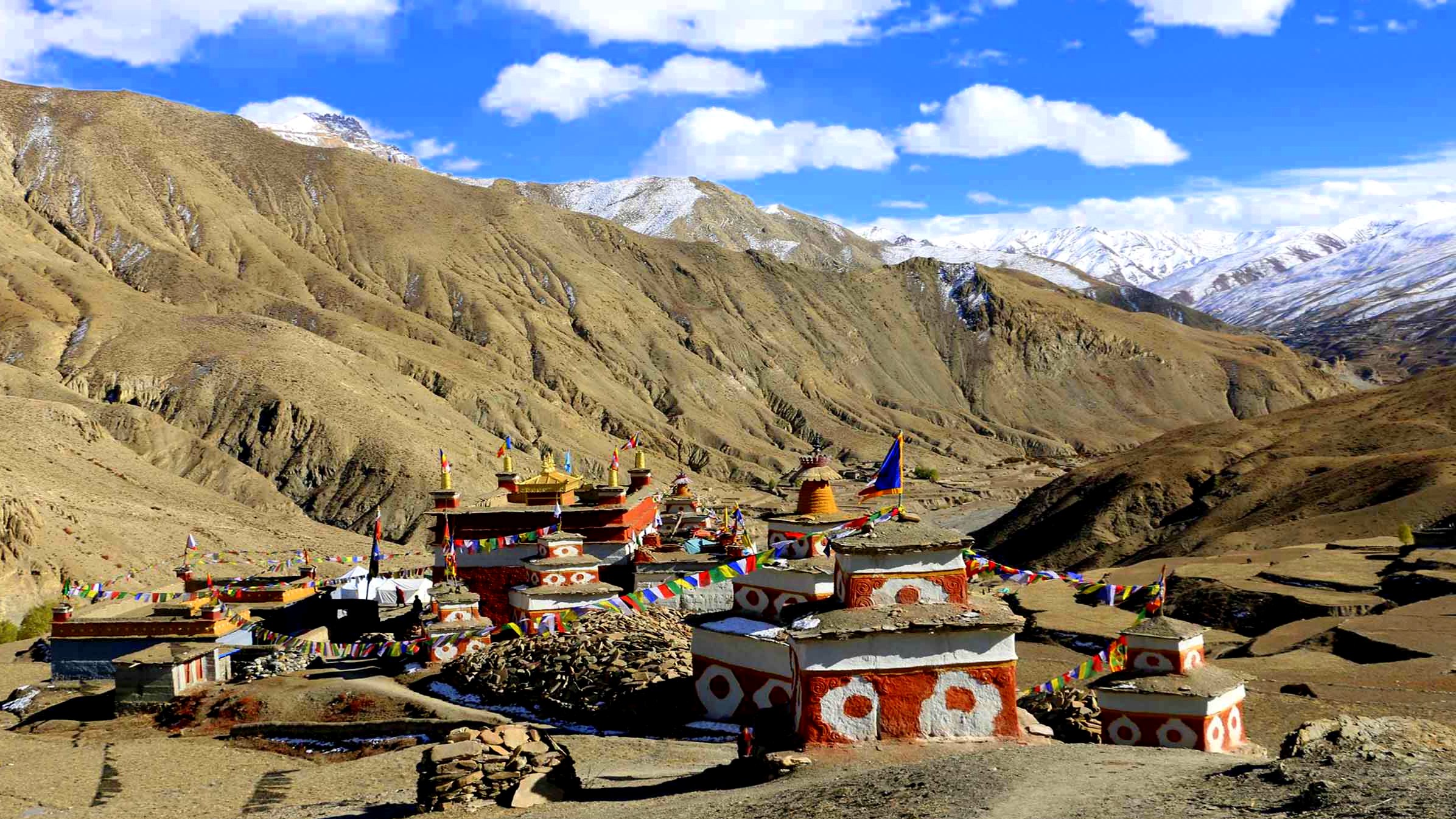
Highlights of the Upper Dolpo Circuit Trek:
- Shey Phoksundo Lake: Trek to the stunning turquoise waters of Shey Phoksundo Lake, one of the highest altitude lakes in the world and a serene focal point in the region.
- Ancient Culture: Experience the unique Tibetan Buddhist culture that has remained largely unchanged due to the region's isolation. Visit ancient monasteries like Shey Gompa, which is over 800 years old, famously featured in the movie "Himalaya."
- High Passes: The trek involves crossing several high passes, including the Kang La Pass (5,151 meters) and the Saldang La Pass (4,785 meters), offering breathtaking views of the surrounding Himalayan peaks.
- Rare Fauna: Keep an eye out for the elusive snow leopard and other wildlife such as blue sheep and the Tibetan wolf.
- Remote Villages: Walk through beautifully preserved traditional villages like Saldang and Dho Tarap, where the lifestyle has remained unchanged for centuries.
Trek Details:
- Duration: The Upper Dolpo Circuit usually takes about 25-30 days to complete.
- Difficulty Level: This trek is considered challenging due to its length, altitude, and the remote nature of the region.
- Best Season: The best months for trekking in Upper Dolpo are from May to September, as the area is located in the rain shadow of the Himalayas and receives less rainfall even during the monsoon season.
Itinerary:
The typical itinerary for the Upper Dolpo Circuit Trek begins with a flight from Kathmandu to Nepalgunj, followed by another flight to Juphal. From there, trekkers walk to Dunai, then head north to Phoksundo Lake and Ringmo village. The route then crosses several high passes with spectacular views, winding through the Shey Gompa and the Buddhist monastic culture before descending to Saldang. The circuit is completed upon returning to Juphal via different villages and finally flying back to Kathmandu.
Preparation and Considerations:
- Permits: Upper Dolpo requires several permits due to its status as a restricted area, including the Restricted Area Permit, which is more expensive than those for more frequented areas.
- Guides and Porters: Due to the isolation and lack of marked trails, hiring experienced guides and porters is essential for safely navigating the circuit.
- Supplies and Equipment: There are very few if any, places to resupply during the trek, so it is crucial to be fully equipped and self-sufficient when setting out.
The Upper Dolpo Circuit Trek offers an unparalleled trekking experience for those looking to explore one of the last remaining Himalayan enclaves where traditional Tibetan culture still thrives. The journey not only challenges the physical body but also enriches the spirit through close encounters with a way of life preserved for centuries against the backdrop of some of the most stunning scenery on earth.
Kanchenjunga Circuit Trek
The Kanchenjunga Circuit Trek is an exhilarating and challenging adventure into the remote eastern part of Nepal. This trek offers a unique opportunity to explore the area around Kanchenjunga, the third-highest mountain in the world, which stands at a majestic height of 8,586 meters (28,169 feet). Unlike more popular treks in the Annapurna or Everest regions, the Kanchenjunga Circuit remains relatively untouched and less crowded, providing a more solitary and pristine mountain experience.
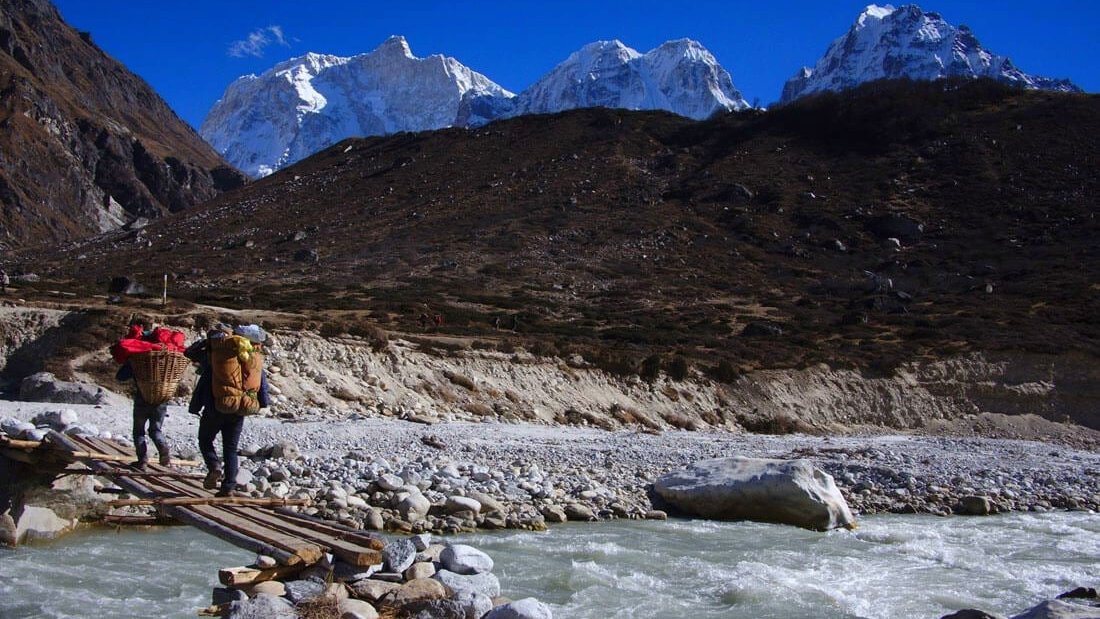
Highlights of the Kanchenjunga Circuit Trek:
- Spectacular Mountain Views: The trek provides up-close views of Mt. Kanchenjunga, along with other high peaks such as Jannu and Makalu.
- Diverse Ecosystems: As the trail ascends from subtropical forests to alpine grasslands, trekkers can experience a wide range of biodiversity, including rhododendron forests blooming in a variety of colors in spring.
- Tibetan Buddhist Culture: Explore remote villages and monasteries where the influence of Tibetan Buddhism is evident in the daily lives of the local inhabitants.
- High Alpine Passes: The trek includes challenging passes such as Lapsang La pass and Mirgin La Pass, offering exhilarating climbs and breathtaking panoramic views.
- Wildlife: The region is part of the Kanchenjunga Conservation Area, home to diverse wildlife including the snow leopard, red panda, and Himalayan black bear.
Trek Details:
- Duration: The trek typically requires 20-25 days to complete, depending on the exact route and side trips.
- Difficulty Level: This is a challenging trek due to its length, high altitude, and the ruggedness of the terrain.
- Best Season: The best times to embark on the Kanchenjunga Circuit are from April to May and from October to November when the weather is most stable and the skies are clear.
Itinerary:
The Kanchenjunga Circuit Trek usually starts with a flight from Kathmandu to Bhadrapur, followed by a drive to Taplejung, the trek's starting point. The route then splits into a southern and northern base camp trail, allowing trekkers to circle the massive Kanchenjunga massif. Highlights include the trek up to both North and South Base Camps, offering exceptional views of Kanchenjunga’s towering peaks. The return path often involves crossing high mountain passes that provide panoramic views of the Himalayas.
Preparation and Considerations:
- Acclimatization: Given the high altitudes reached during this trek, proper acclimatization is crucial to avoid altitude sickness.
- Permits: Several permits are required for the Kanchenjunga trek, including a restricted area permit, as it traverses sensitive border areas.
- Guides and Porters: To navigate the complex routes and manage logistics, the employment of knowledgeable local guides and porters is highly recommended.
- Equipment: Adequate gear for cold and potentially harsh weather is essential, along with all necessary trekking equipment.
The Kanchenjunga Circuit Trek is ideal for those who wish to experience the raw beauty of the Himalayas away from the more commercialized trails. It challenges trekkers physically and mentally but rewards them with some of the most stunning landscapes and cultural insights into Nepal’s remote mountain communities. This trek is a true adventure for the passionate and prepared trekker.
Manaslu Circuit Trek
The Manaslu Circuit Trek is a stunning journey around the world’s eighth-highest mountain, Manaslu, which rises majestically to a height of 8,163 meters (26,781 feet). This trek has gained popularity as a less crowded alternative to the more famous Annapurna Circuit but offers an equally compelling mix of spectacular natural scenery, challenging terrain, and cultural richness.
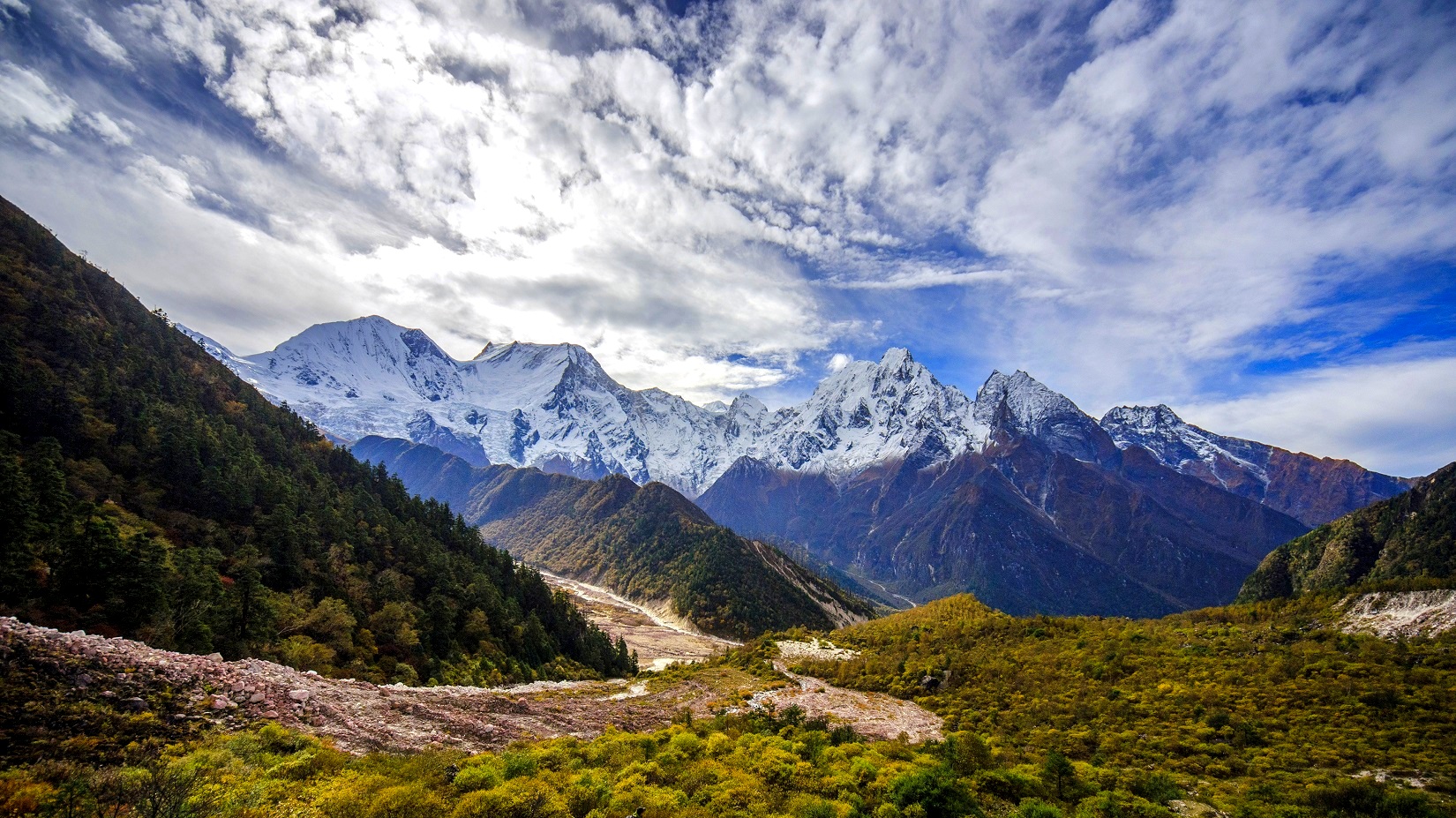
Highlights of the Manaslu Circuit Trek:
- Breathtaking Landscapes: The trek circles Mount Manaslu and offers dramatic views of snow-capped mountains, lush terraced fields, and high-altitude glaciers.
- Rich Cultural Experience: Travel through diverse ethnic villages, including those of the Nubri and Tsum, where ancient Buddhist traditions and customs are still practiced.
- Larkya La Pass: One of the trek's most challenging and rewarding features, the Larkya La Pass (5,106 meters), provides stunning vistas of the Manaslu and Annapurna ranges.
- Varied Ecosystems: From the sub-tropical jungle at lower altitudes to the high, cold, and challenging environment near Larkya La, the trek offers a variety of climates and settings.
- Conservation Area: The entire trek falls within the boundaries of the Manaslu Conservation Area, which is home to diverse flora and fauna, including endangered species such as the snow leopard and the red panda.
Trek Details:
- Duration: The Manaslu Circuit typically takes about 14-20 days to complete, depending on your itinerary and pace.
- Difficulty Level: This trek is considered moderate to difficult, mainly due to its length, the remote setting, and the high altitude, particularly at Larkya La Pass.
- Best Season: The best times for the Manaslu Circuit Trek are during the spring (April-May) and autumn (October-November) seasons, when the weather is most favorable and the views are clearest.
Itinerary:
The trek usually begins in Soti Khola, after a drive from Kathmandu, and follows the Budhi Gandaki River through lush forests and traditional villages. As the trek progresses, the valley narrows and the paths become steeper, passing through alpine scenery to reach the higher and more barren regions near Larkya La. After crossing the pass, the descent takes trekkers through the beautiful alpine meadows of Bimthang and eventually to Dharapani, where it typically concludes.
Preparation and Considerations:
- Permits: A special permit is required for the Manaslu Circuit due to its status as a restricted area. Trekkers must also obtain an Annapurna Conservation Area Permit (ACAP) and a Manaslu Conservation Area Permit (MCAP).
- Guides: It is compulsory to have a registered guide for the Manaslu Circuit, and trekking in a group is recommended for safety reasons.
- Equipment: Proper gear is essential, especially for crossing Larkya La. This includes cold-weather clothing and possibly crampons depending on seasonal conditions.
- Acclimatization: Proper acclimatization days should be planned, particularly before attempting to cross Larkya La, to prevent altitude sickness.
The Manaslu Circuit Trek is an exceptional choice for trekkers seeking a challenging yet rewarding Himalayan experience. It combines breathtaking natural beauty with a deep dive into the cultural life of the Nepalese mountain communities, making it a fulfilling journey for those looking to explore beyond the typical trekking routes.
Annapurna Circuit Trek
The Annapurna Circuit Trek is one of Nepal's most popular and classical trekking routes, encircling the majestic Annapurna massif. Known for its stunning variety of landscapes, the trek offers an incredible range of beautiful scenery, diverse ecosystems, and cultural experiences. As it winds through different climate zones from lush subtropical forests to arid high mountain landscapes, trekkers can witness the diverse flora and fauna as well as the rich local customs of the Nepali people living in the Himalayas.
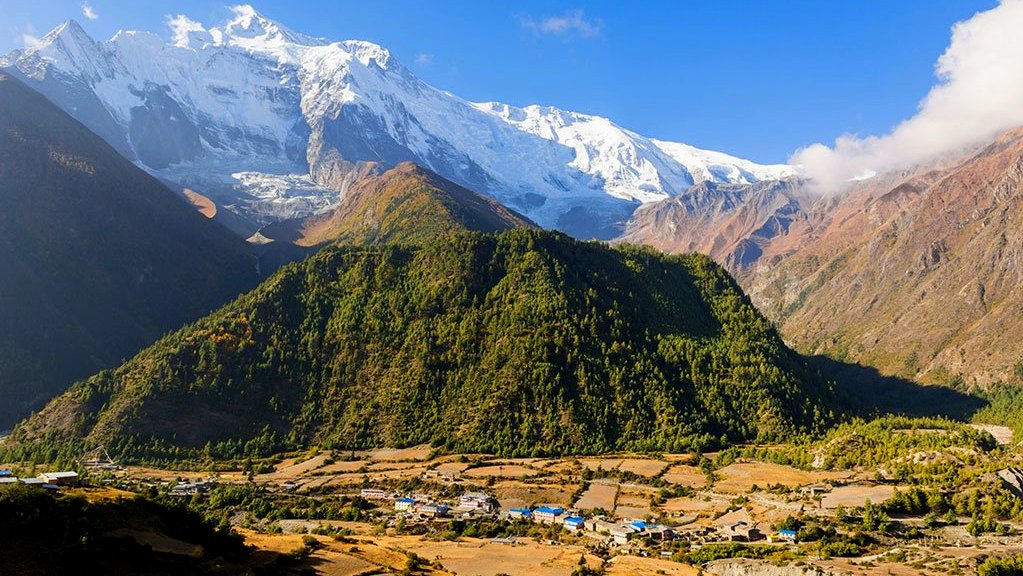
Highlights of the Annapurna Circuit Trek:
- Thorong La Pass: At 5,416 meters (17,769 feet), crossing Thorong La is one of the trek’s most challenging and rewarding achievements, offering unforgettable views across the Annapurna mountains.
- Varied Landscapes: From the rice paddies and subtropical forests to high-altitude plateaus, the trek transitions through diverse environments providing trekkers with unique scenic vistas every day.
- Cultural Richness: The trail passes through various ethnic villages, including those of the Gurung, Manangi, and Thakali communities, where trekkers can experience the local hospitality and traditional lifestyles.
- Natural Hot Springs: Near the village of Tatopani, trekkers can relax in natural hot springs, a perfect way to soothe muscles tired from the rigors of the trail.
- Poon Hill: An optional detour to Poon Hill at sunrise offers one of the most famous views of the Annapurna range and Dhaulagiri.
Trek Details:
- Duration: Typically, the Annapurna Circuit Trek takes about 12-20 days to complete, depending on walking speed, weather conditions, and length of daily treks.
- Difficulty Level: Moderate to challenging. While physically demanding because of its length and the high altitudes, the trek is considered less technical than others like the Everest Base Camp trek.
- Best Season: The best times to hike the Annapurna Circuit are during the spring (March to May) and autumn (October to November) when the weather is favorable and the views are clear.
Itinerary:
The trek usually starts in Besisahar or Bhulbhule in the Marsyangdi River valley and finishes in the Kali Gandaki Gorge. Key stops typically include Manang, where trekkers often rest for acclimatization; the Thorong La pass; Muktinath, a sacred site for both Hindus and Buddhists; and the Jomsom, known for its apple orchards and a gateway to the Mustang region.
Preparation and Considerations:
- Permits: Trekkers need both the Annapurna Conservation Area Permit (ACAP) and the Trekkers' Information Management System (TIMS) card.
- Acclimatization: Careful acclimatization is needed, especially before crossing Thorong La.
- Equipment: Packing the right gear is essential, including layers for cold weather, a good quality sleeping bag, and hiking boots.
- Guides/Porters: While it's possible to trek independently, many opt for guides or porters who provide local knowledge and logistical support.
The Annapurna Circuit Trek is a rewarding trek for those looking to explore the natural beauty and cultural richness of Nepal. Its well-established trail and the availability of guest houses and lodges along the route make it a favorite among both novice and experienced trekkers. Whether you are seeking adventure, solitude, or spiritual enrichment, the Annapurna Circuit delivers an unforgettable backdrop of some of the highest peaks in the world.
Tips while doing 5 Longest Treks in Nepal
Embarking on any of the five longest treks in Nepal is a formidable and rewarding challenge, offering not only natural beauty and physical exertion but also a unique glimpse into the remote cultures of the Himalayas. To ensure a safe and enjoyable trek, here are some essential tips to consider:
General Preparation
- Physical Fitness: Prepare months in advance with regular cardio exercises, strength training, and hiking. The better your fitness, the more you'll enjoy the trek.
- Acclimatization: Take acclimatization seriously to avoid altitude sickness. Plan for gradual ascents and include rest days in your itinerary, especially when trekking above 3,000 meters.
- Local Guides and Porters: Hiring experienced local guides and porters not only provides employment but also enhances your safety and experience. They are invaluable for their knowledge of the terrain, weather conditions, and local culture.
Gear and Equipment
- Appropriate Clothing: Pack layers of breathable and moisture-wicking clothing to handle the variable temperatures. Include a waterproof and windproof jacket.
- Quality Footwear: Invest in well-fitting, sturdy trekking boots that are broken in before your trip. Proper footwear is crucial to avoid blisters and provide ankle support.
- Navigation Tools: Carry a detailed map, a compass, or a GPS device. Even with a guide, these tools are essential for safety in case of unexpected separations.
Health and Safety
- Travel Insurance: Make sure you have comprehensive travel insurance that covers emergency evacuation and hospital stays.
- First Aid Kit: Bring a well-stocked first aid kit including items for blister care, bandages, antiseptics, and any personal medications.
- Water Treatment: Always treat water before drinking, whether using iodine tablets, a water filter, or a sterilization pen, to avoid waterborne illnesses.
On the Trail
- Pace Yourself: Maintain a steady pace; rushing can lead to exhaustion and altitude sickness.
- Stay Hydrated and Eat Well: Drink plenty of water and eat balanced meals. Your body needs more calories and fluids at higher altitudes.
- Respect Local Customs: Learn about and respect the local customs and traditions. This respect will enhance your interactions with local people and enrich your trekking experience.
- Keep the Environment Clean: Practice "Leave No Trace" ethics. Carry all your trash out, and respect wildlife and plant life.
Cultural Etiquette
- Dress Appropriately: Wear modest clothing as per local norms, especially when visiting monasteries or other religious sites.
- Ask Before Photographing: Always ask for permission before photographing local people or their homes. This shows respect for their privacy.
By following these tips, trekkers can ensure that their journey through Nepal’s longest and most challenging trails is not only successful but also memorable and respectful towards the environment and local cultures. Each trek offers its own set of challenges and rewards, and being well-prepared is the key to enjoying all that these incredible adventures have to offer.
The five longest treks in Nepal are more than just a physical challenge; it is a journey into the heart of some of the world’s most breathtaking landscapes and ancient cultures. As you traverse these rugged paths, you will not only push your physical limits but also gain a deeper appreciation for the natural beauty and rich cultural tapestry of Nepal. Each step on these treks offers a new perspective, a fresh challenge, and a chance to connect with both nature and yourself in profound and unexpected ways. So pack your gear, embrace the adventure, and get ready to create lasting memories on some of the most iconic trails the Himalayas have to offer. Remember, it's not just about reaching the destination, but also about savoring every moment of the journey.
FAQs of the 5 Longest Treks in Nepal
Q: What is the best time to undertake these long treks in Nepal?
A: The best time for trekking in Nepal is during the pre-monsoon spring months of April and May, or the post-monsoon autumn months from October to November. During these periods, the weather is generally stable and clear, providing the best views and conditions for high-altitude trekking.
Q: Do I need a guide for these treks?
A: Yes, for most of these treks, especially those in restricted areas like Upper Dolpo and Kanchenjunga, hiring a registered guide is mandatory. Even on less restricted treks, a guide is highly recommended for safety, navigation, and gaining deeper cultural insights.
Q: Are there any special permits required for these treks?
A: Yes, special permits are required for all these treks, especially for those that enter restricted areas. These include the Restricted Area Permit (RAP), the Annapurna Conservation Area Permit (ACAP), and the Manaslu Conservation Area Permit (MCAP), among others. The specific permits needed can vary, so it’s best to check with a trekking agency or the Nepalese Department of Immigration for the latest requirements.
Q: How should I prepare physically for these treks?
A: Due to the length and difficulty of these treks, it is essential to be in good physical condition. Engage in regular cardiovascular exercises such as running, cycling, and hiking several months before your trip. Strength training and endurance workouts can also help prepare your muscles for the rigorous demands of these treks.
Q: What kind of gear do I need for these treks?
A: Essential gear includes sturdy hiking boots, several layers of clothing for variable temperatures, a good quality sleeping bag, a durable backpack, and personal items like a first-aid kit, water purification tablets, and sun protection. For treks involving high passes, additional gear such as a down jacket, thermal layers, and possibly crampons may be necessary.
Q: How can I deal with altitude sickness?
A: To mitigate the risk of altitude sickness, ensure proper acclimatization by planning a gradual ascent and including rest days in your itinerary. Stay hydrated, eat well, and avoid alcohol and smoking. Recognize the symptoms of altitude sickness early, which can include headaches, nausea, and dizziness, and do not ascend further if symptoms are present.
Q: What are the lodging options on these treks?
A: Lodging options vary by trek. While the Annapurna and Manaslu circuits have well-established teahouse lodges, remote treks like Kanchenjunga and Upper Dolpo may require camping for much of the route. Always check the availability of lodging and necessary camping equipment in advance.
Q: Can I trek solo on these routes?
A: While solo trekking might be technically possible on some routes, it is not advisable due to safety concerns, especially on the more remote and challenging treks. Furthermore, some restricted areas do not allow solo trekkers and require you to be part of a guided group.
Q: What should I know about cultural etiquette?
A: Respect local customs and traditions. Dress modestly, ask permission before taking photographs, and be mindful of local etiquette, especially when visiting monasteries and religious sites. Learning a few phrases in Nepali can also go a long way in enhancing your interaction with local communities.
Q: How much does it typically cost to undertake one of these treks?
A: The cost can vary widely depending on the length of the trek, the level of guide service, and whether you choose a package from a trekking agency or arrange everything independently. Costs include permits, guide and porter fees, transportation, accommodation, food, and any gear rental.
If you need any further information, please contact us by email: at [email protected], Phone: at +977- 985 100 5129 (WhatsApp)




